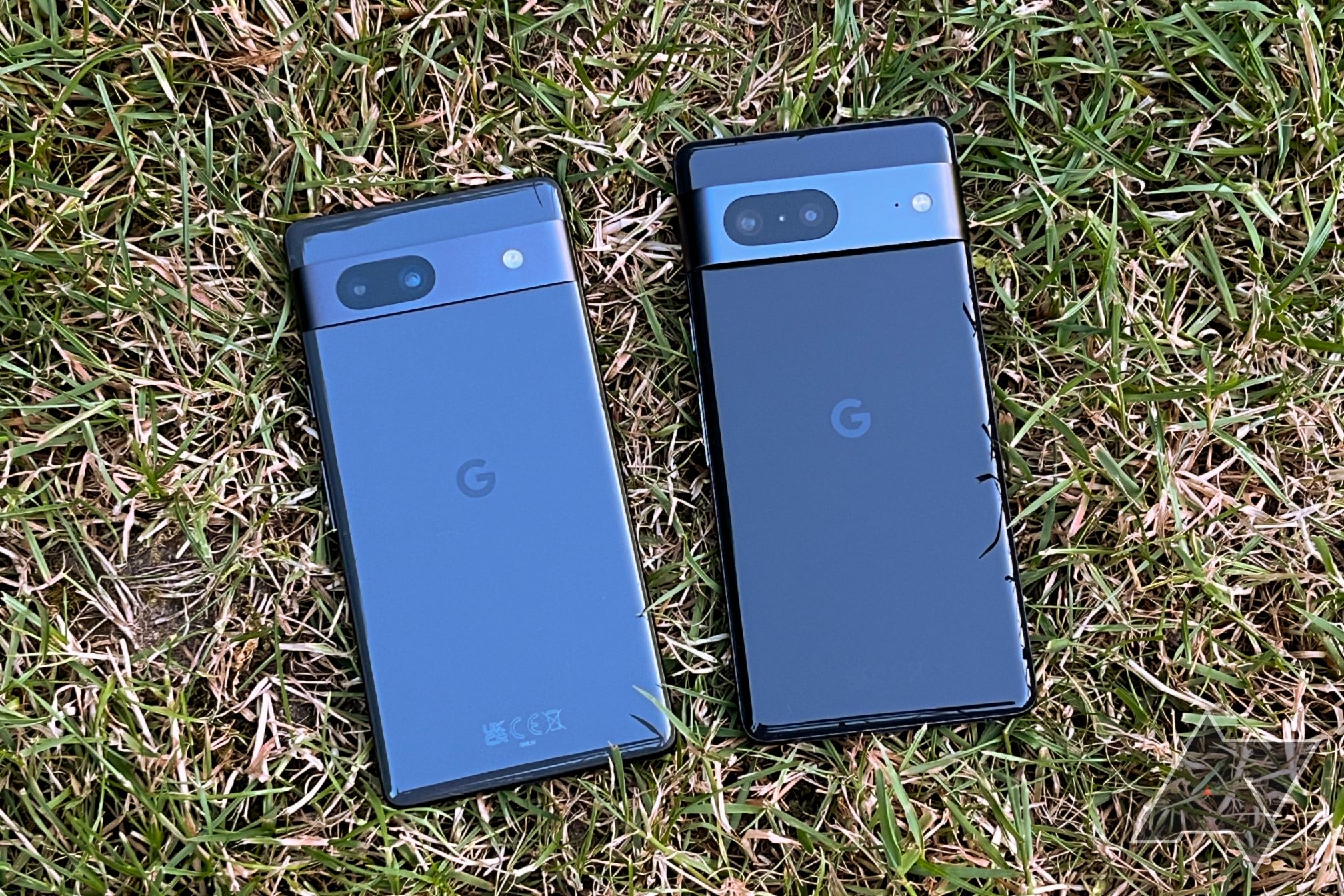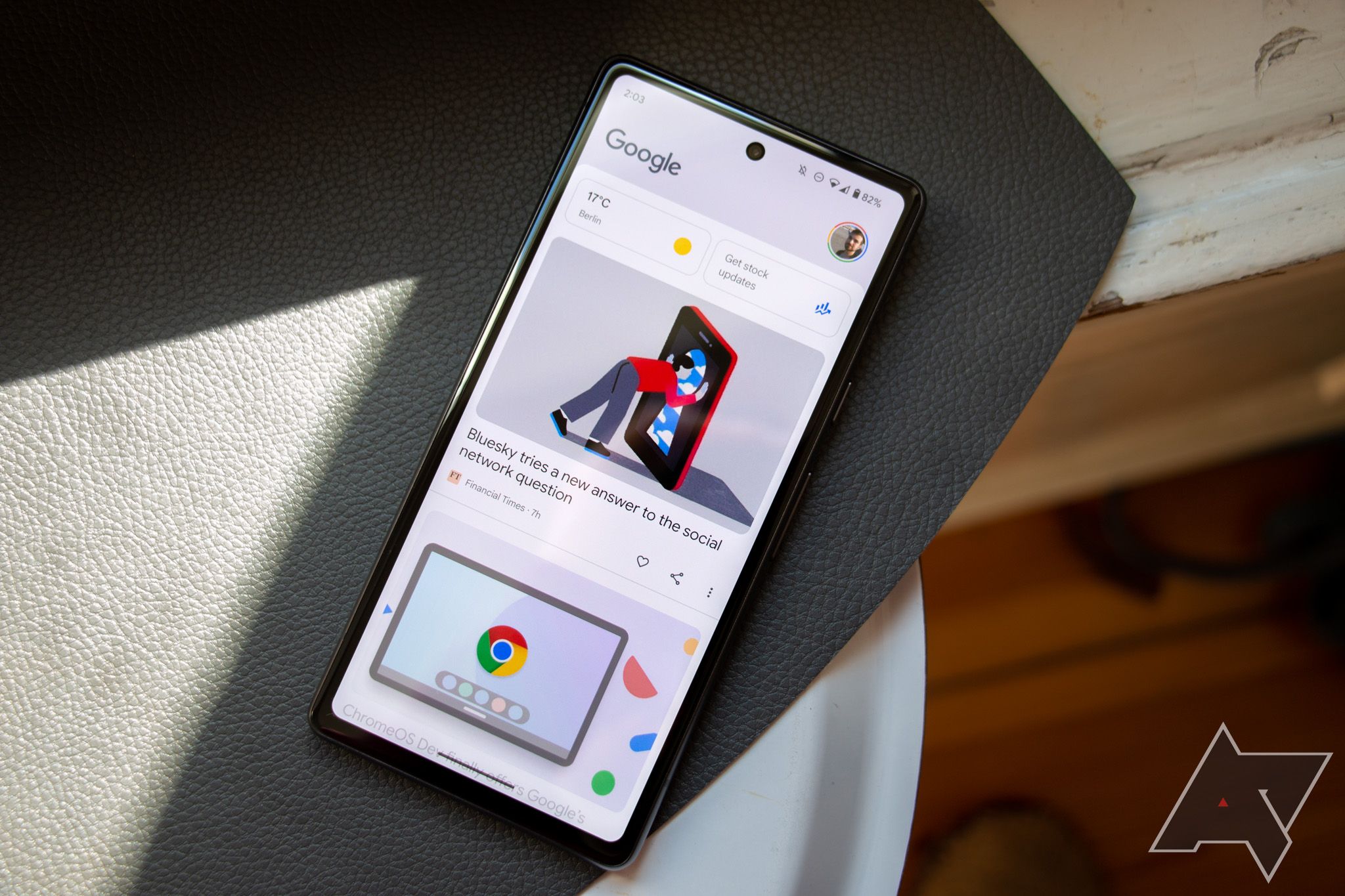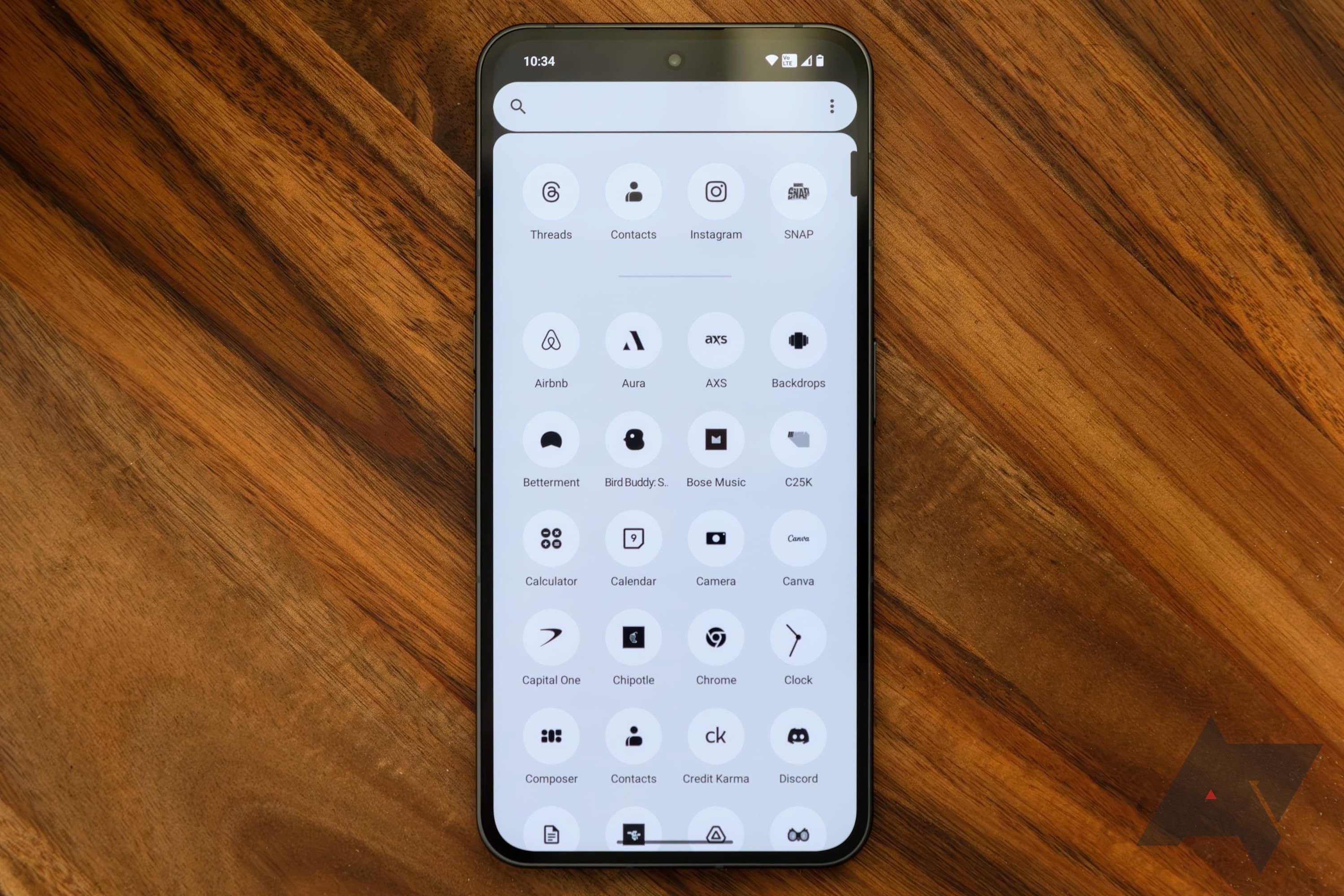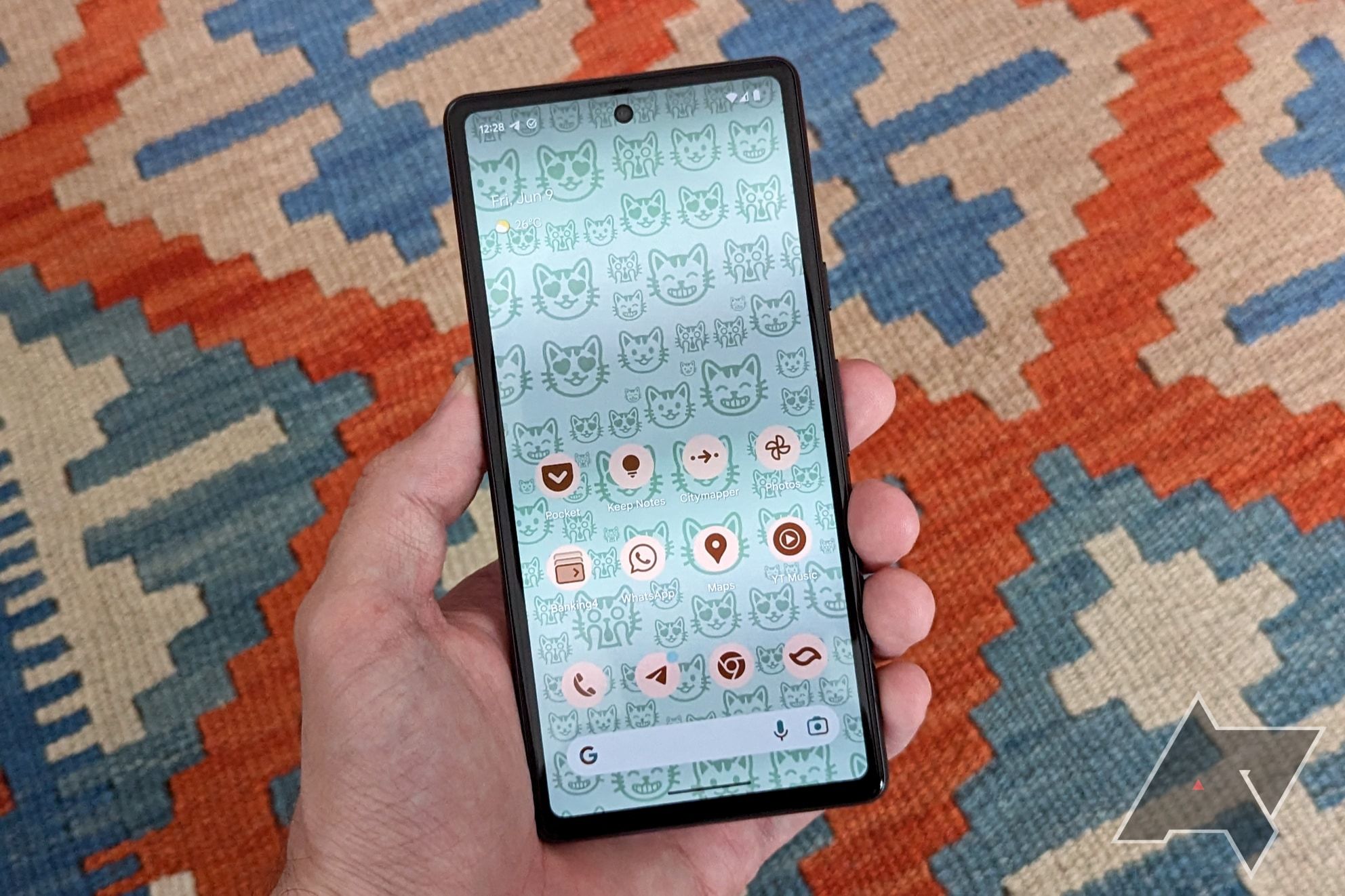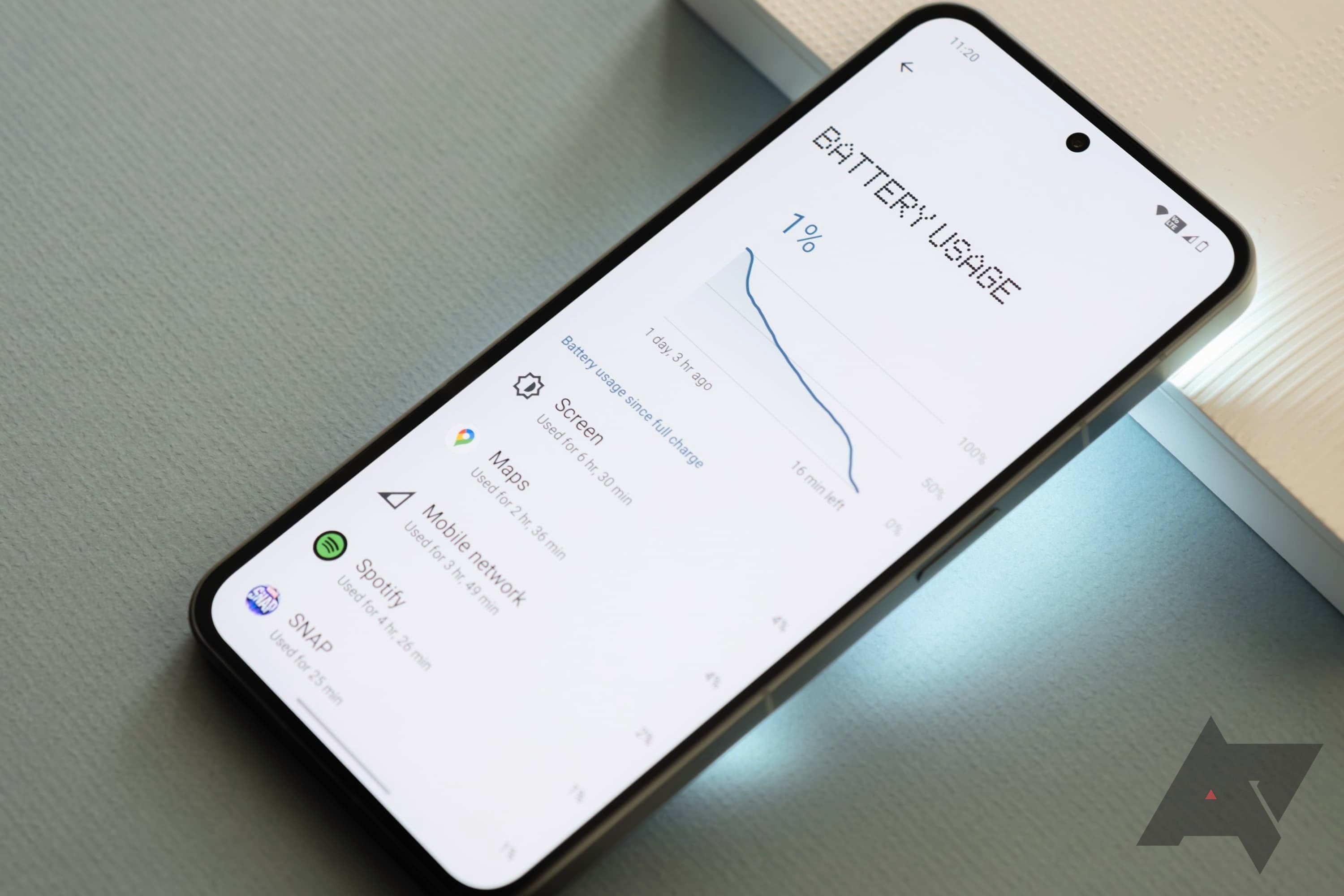-
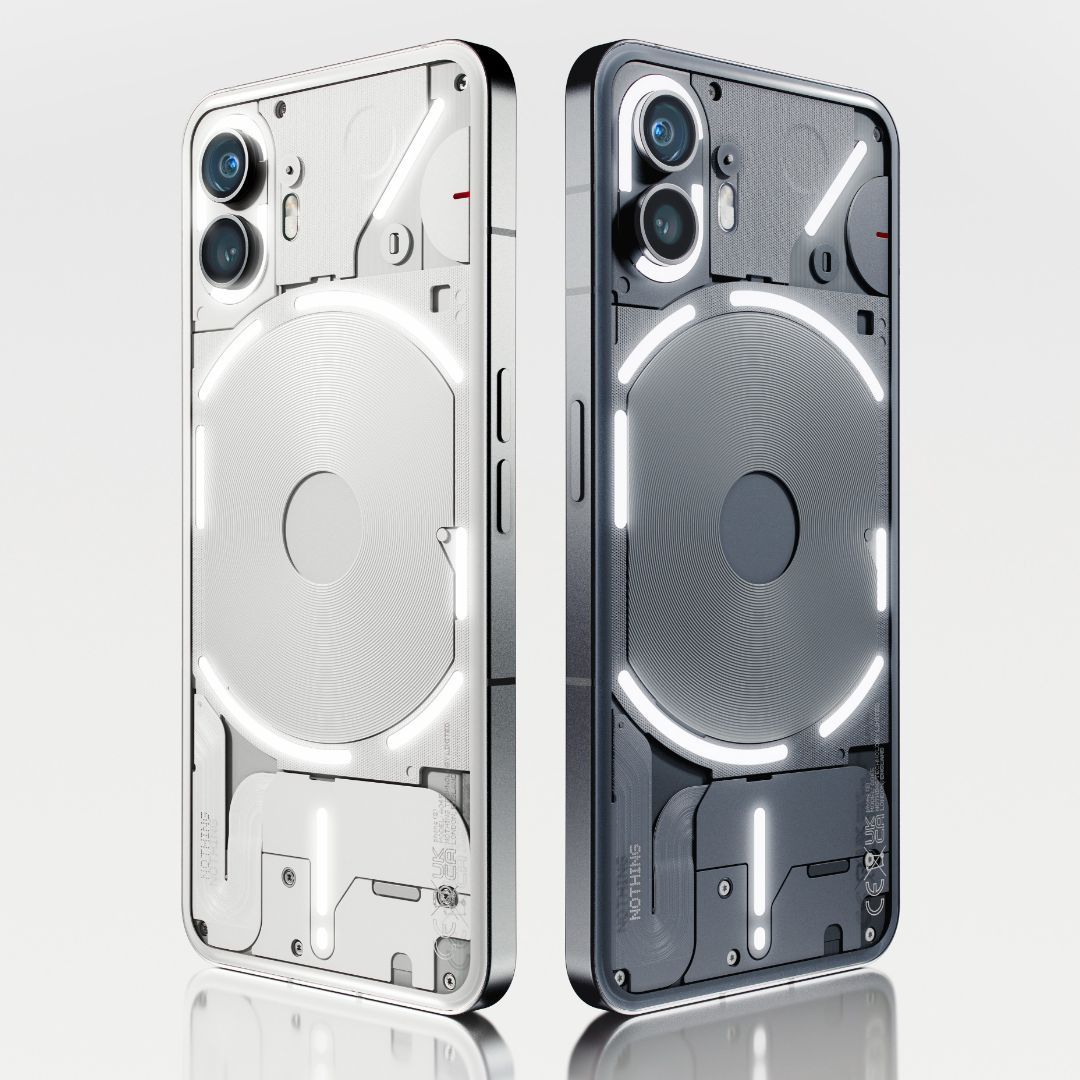
Nothing Phone 2
Interesting and effective
$549 $599 Save $50
A smaller release from an up-and-coming company, the Nothing Phone 2 performs nearly on the level of many high-end phones but doesn’t cost quite as much. Its software’s considerably more refined than you might expect from a newcomer, and unlike the newer Nothing 2a, it’s approved for the AT&T and T-Mobile networks.
Pros- Good battery life and performance
- Excellent display
- Approaching flagship performance
Cons- Inconsistent cameras
- Approaching flagship cost
-
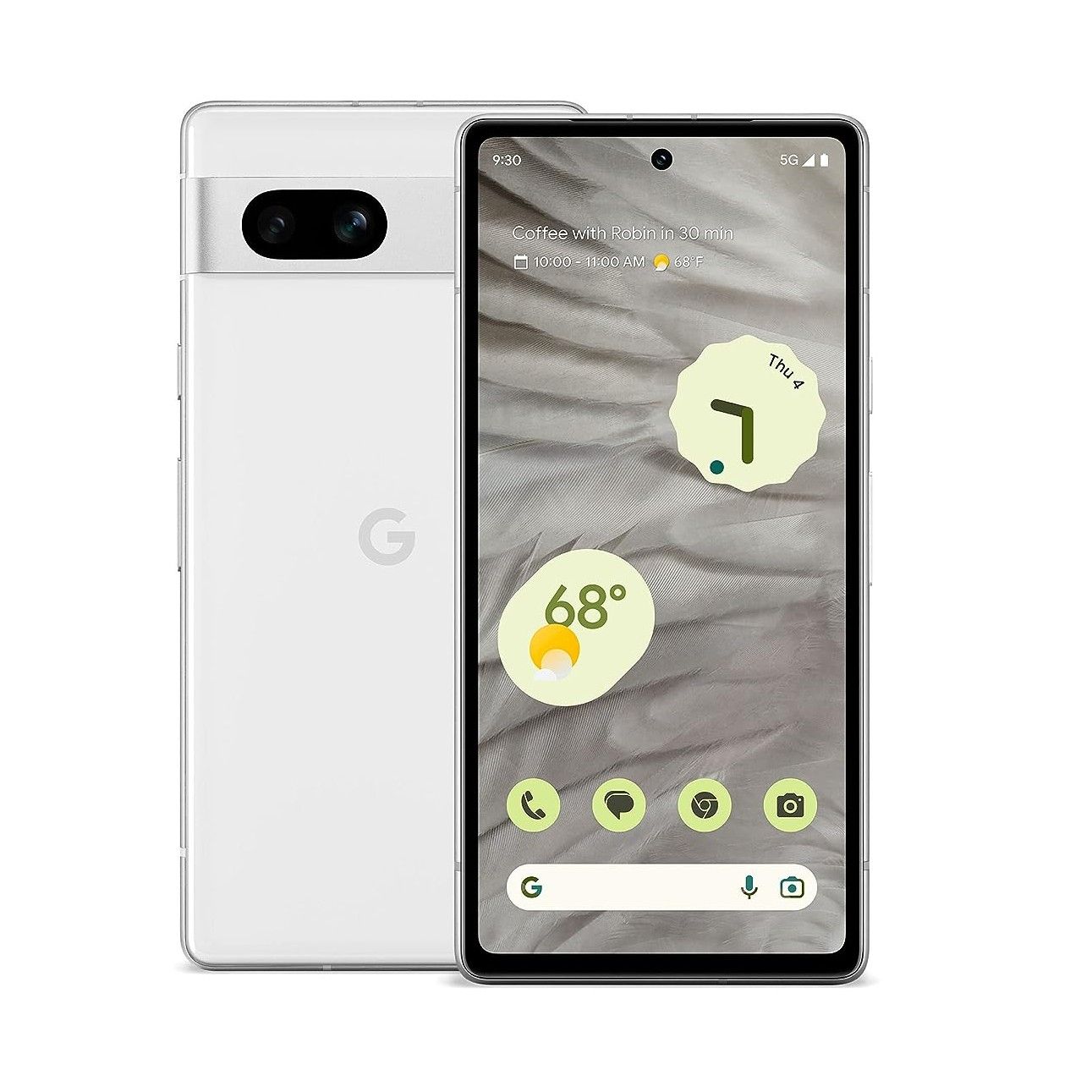
Google Pixel 7a
Entry-level winner
$374 $499 Save $125
The Pixel 7a has always been pretty similar to the Pixel 7 (mostly in good ways), but it’s now consistently discounted enough to seriously stand out as one of the best budget-friendly phones. It delivers the image processing, AI tools, and clean interface that makes the Pixel lineup famous.
Pros- Class-leading cameras
- Handy Pixel-exclusive software features
- Relatively compact
Cons- Battery life could be better
- Tends to run hot
- Slow charging
With Samsung’s Galaxy A55 skipping the US, budget-conscious users stateside have few good midrange phones to choose from. Google’s affordable lineup, most recently represented by the Pixel 7a, has long been one of the rare moderately priced options from a major manufacturer. By comparison, Nothing is far from a big player in the US market, but it did give the Nothing Phone 2 an official release there, undercutting the flagship category by making a few small hardware compromises.
If you don’t spend all day using your phone and mostly want to save money, you’ll likely be happy with the Pixel 7a. But if you’re willing to splash out the extra cash on the Nothing 2, you’ll almost certainly notice a difference, since it’s a little more closely aligned with high-end smartphones.
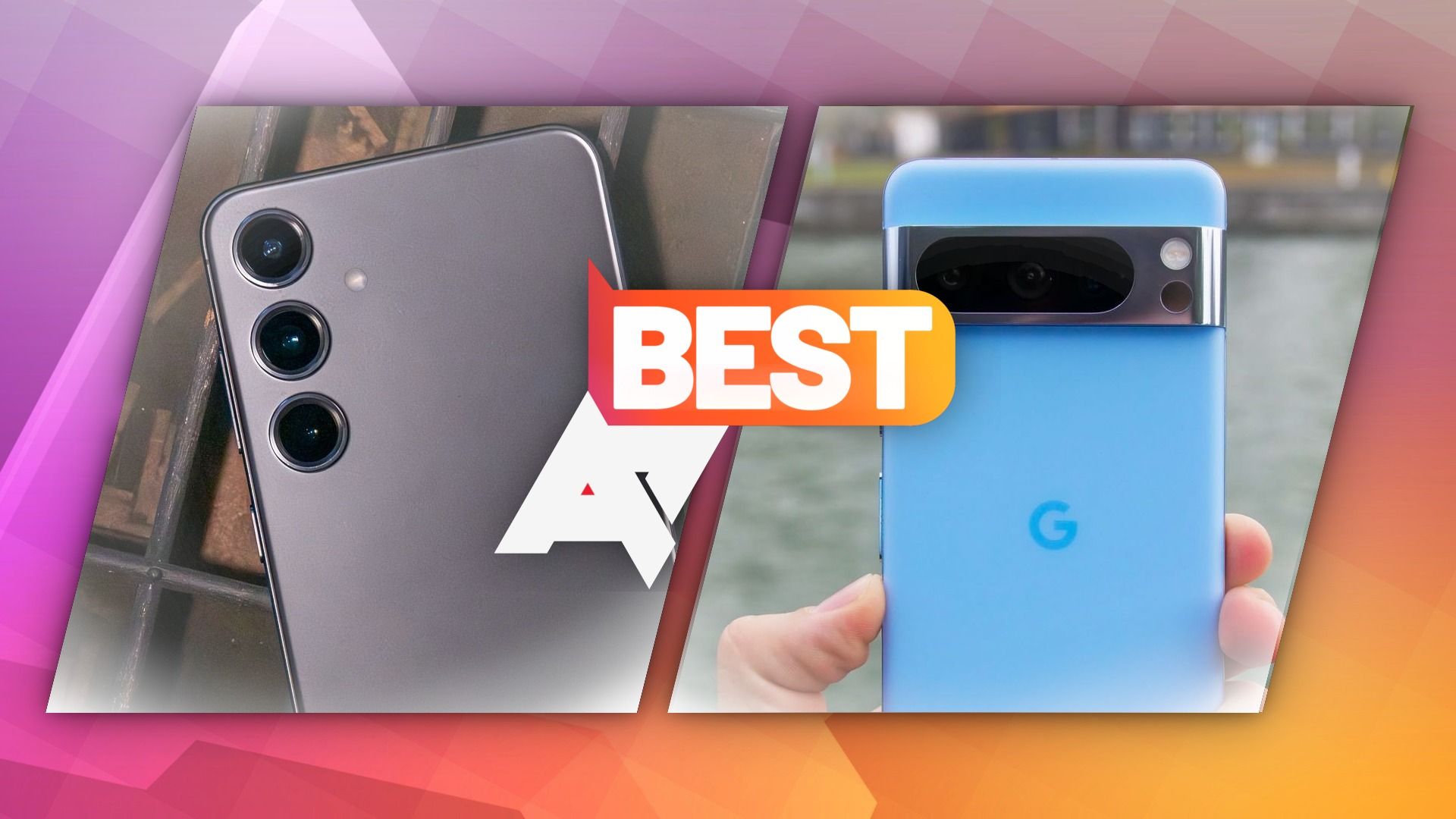
Best Android phones in 2024
In the market for a new phone? Get the best Android experience with these flagship phones
Price, availability, and specs
The Pixel 7a’s launch price was a bit of a disappointment, as the then-$500 phone made some notable sacrifices to shave just $100 off the Pixel 7’s MSRP. But it’s been a while, and you can easily find the 7a for under $400, which changes the perspective a little. The phone can also be obtained through your carrier either by payment plan or in conjunction with a contract deal, but you won’t save any money that way.
Nothing, a much smaller company, takes a different approach from Google. It only offers a limited US release, instead of focusing its efforts on other markets like Europe and India. It’s also positioned slightly above the typical midrange price bracket, with an original MSRP of $600 for the 8GB/128GB version, with $100 upcharges to increase to 12GB/256GB and 12GB/512GB. At the time of publishing, the base model was discounted to $550, with a free upgrade to the 256GB version and just $650 for the top variant.
You also can’t get Nothing phones from any carriers, nor can you get any kind of trade-in value for your current device.
-
Nothing Phone 2 Google Pixel 7a SoC Qualcomm Snapdragon 8+ Gen 1 Google Tensor G2 Display type OLED, 120Hz variable OLED, 60-90Hz variable Display dimensions 6.7″, 20:9 6.1″ 20:9 Display resolution 2412 × 1080 2400 ×1080 RAM 8GB, 12GB 8GB LPDDR5 Storage 128GB, 256GB, 512GB 128GB Battery 4,700mAh 4,385mAh Charge speed 45W wired, 15W wireless 18W wired, 7.5W wireless Charge options USB-C wired, wireless, reverse wireless USB-C wired, Qi wireless Ports USB-C USB-C SIM support Dual SIM Dual SIM (Nano SIM and eSIM) Operating System Android 14 with Nothing OS 2.5 Android 13 Front camera 32MP, f/2.5 13MP, f/2.2 Rear camera 50MP, f/1.9 main; 50MP, f/2.2 ultrawide 64MP, f/1.9 main with OIS; 13MP, f/2.2 ultrawide Cellular connectivity 4G, sub-6 5G LTE, 5G sub-6 (all carriers), mmWave (Verizon model only)) Wi-Fi connectivity Wi-Fi 6 Wi-Fi 6E Connectivity NFC NFC Bluetooth Bluetooth 5.3 Bluetooth 5.3 Dimensions 162.1 x 76.4 x 8.6mm 152.4 x 72.9 x 9mm Weight 201g 193g IP Rating IP54 IP67 Colors White, Gray Charcoal, Snow, Sea, Coral Stylus No No
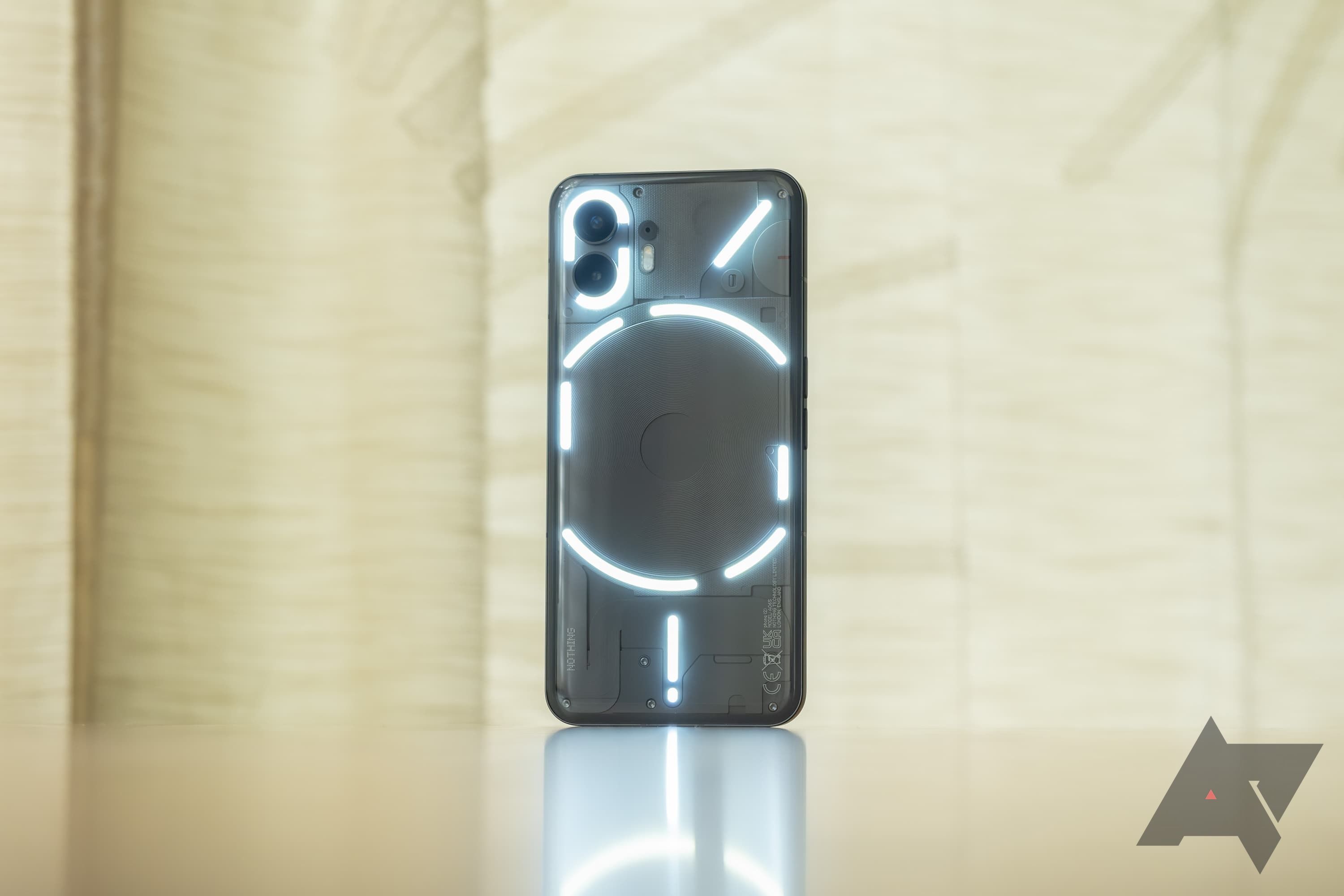
Nothing Phone 2 review: Finding its niche
Nothing’s first US smartphone is (mostly) a success
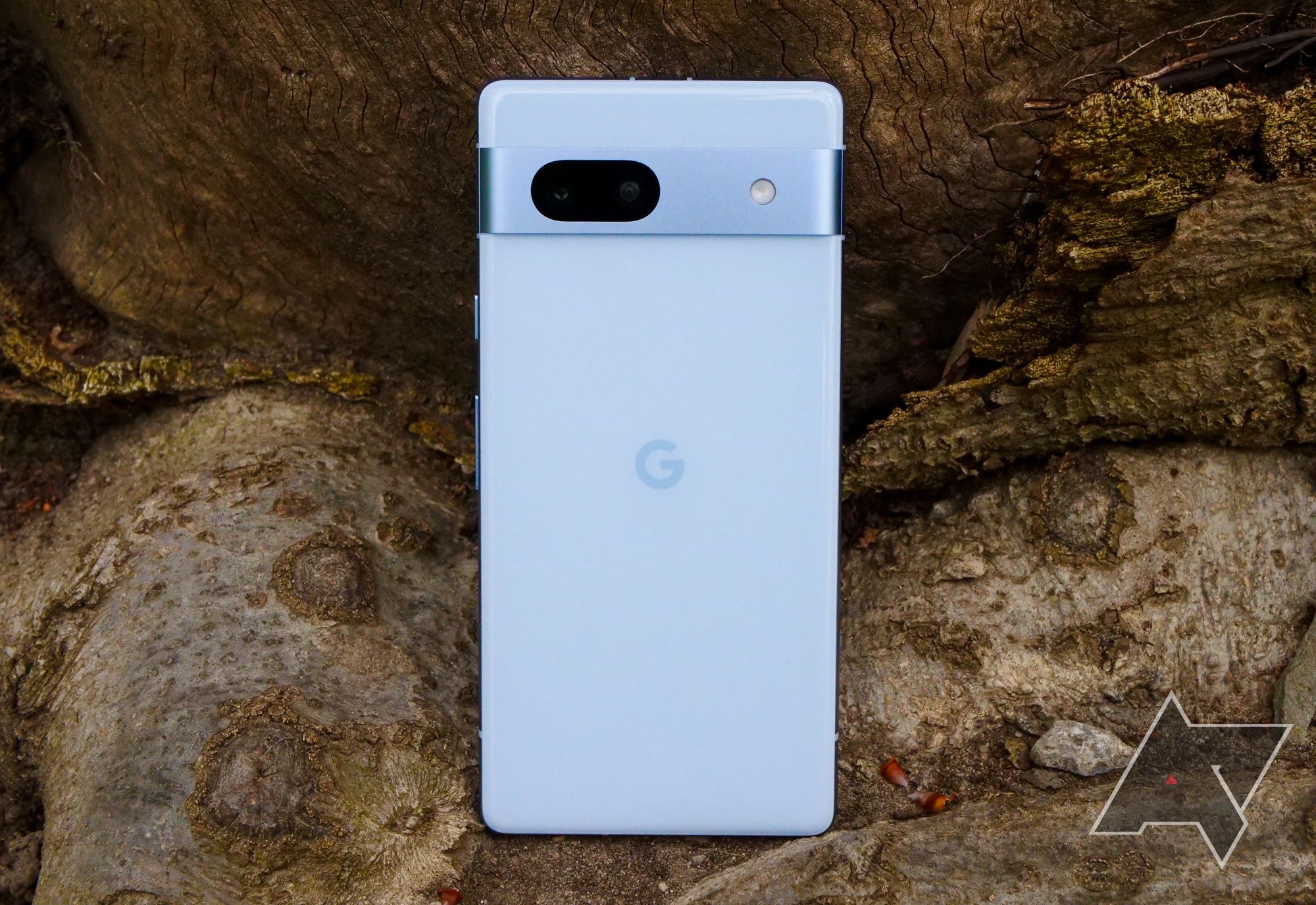
Google Pixel 7a review: If déjà vu were a smartphone
This year’s A-series is more like its flagship counterpart than ever before — for better and for worse
Design
Unabashedly Google, and something completely different
While we still wouldn’t quite call it compact (no Android phones are anymore), the Pixel 7a is among the few reasonably priced handsets comfortable for one-handed use. Its pleasantly rounded edges and corners exude the design philosophy Google’s leaned into so hard in the last few years; the device is pretty hard to tell apart from its more expensive sibling. The 7a does make some sacrifices compared to the Pixel 7 in terms of materials, but they’re hard to notice without a side-by-side comparison. Altogether, the Pixel 7a feels easy to use, not very bulky, and more convenient to carry than most competitors.
The Pixel 7a vs. the Pixel 7: hardly a difference at all.
The Nothing 2’s design tells a very different story. The original Nothing Phone made a splash with a transparent back panel that displays some industrial-looking component housings, and the second generation carries on that futuristic style. It also improves upon Nothing’s novel rear lighting. It’s definitely a unique appearance, which is why most of the best Nothing Phone 2 cases sport transparent back panels, too.
The Nothing’s rear lighting, known as the Glyph Interface, lets you set custom notifications that use different patterns of individually controlled LEDs on the exterior. Activating the Flip to Glyph feature silences the phone entirely and forces it to rely on those lighting patterns whenever it’s placed face-down. It also improves on this functionality compared to the previous generation, with novel features like persistent notification lighting making the Glyph Interface a little more practical than before.
Google’s color options once included the eye-catching Coral, one of our favorite Pixel colors ever. Unfortunately, that Google Store-exclusive version’s sold out, and you’re left with Snow (a pastel blue), Charcoal (basically black), and Snow (basically white). The Nothing 2 is actually one of the rare phones to not come in black, with the company ditching the boring colorway in favor of white and dark gray, which both show off the rear-facing internals better.
Display
Only one screen makes compromises
On paper, the Pixel 7a looks to have a similar panel to the full-on Pixel 7, but it’s actually downgraded to save on cost. There’s nothing majorly wrong with it, but it’s a step behind today’s industry leaders. The device actually exceeds its advertised brightness, reaching up to 1,070 nits in auto brightness mode, but its 90Hz refresh rate lags behind even some midrange competition, and color consistency doesn’t match what flagships offer. The fingerprint sensor also works more slowly and inconsistently than high-end alternatives.
The Nothing 2’s display marks one big reason why the phone costs what it does. Its 6.7-inch panel makes excellent use of the phone’s larger dimensions, and boasts a 1 to 120Hz variable refresh rate on par with today’s top smartphones. It gets just a bit less bright in auto mode than the Pixel, but can still be seen easily in direct sunlight. The fingerprint reader also works great, and there’s a preinstalled plastic layer to hold you over until you can get a high-quality screen protector.
Software
Nothing OS is fine, but Google’s is (a little) better
Since it’s ultimately responsible for Android’s development, you might expect a relatively vanilla Android Open Source Project software experience on Google’s Pixel phones, but that’s not quite the reality. Google takes some subtle measures to lock in the experience a little more than other phones, with a slightly restrictive launcher preventing you from the complete customization of competitors like Samsung’s OneUI. Presumably, Google does this to give users the most well-curated interface experience, and while more customization is theoretically better, we can’t say we have any big long-term gripes with it.
Nothing doesn’t take many software risks, delivering a straightforward Android experience alongside its novel lighting interface. Nothing OS actually ends up feeling a lot like Google’s stock Android, and you can push that further by actually choosing to install said stock Android implementation on setup.
Where the two phones diverge is in the machine learning-based feature sets. Nothing hasn’t leaned into the AI tool scene very hard yet, offering no substantial features outside the ability to set ChatGPT as the default voice assistant. As Google won’t let us forget, the Pixel lineup sports a sizable array of AI tricks up its sleeve, including audio recording transcription and multiple image editing tools. While far from the best reason to buy any particular phone, the impressive toolset adds quite a bit of value to the less-expensive Pixel.
Both phones will ultimately receive updates through Android 16, with the Nothing 2 and Pixel 7a getting one and two years of security updates thereafter, respectively.
Performance
The years-old Tensor vs. Snapdragon debate
Power users worldwide, including my fellow Android Police experts, are quick to point out how Google’s bespoke Tensor system-on-a-chip underperforms compared to industry leaders. Their point is absolutely correct, especially when taking into account heavy use cases like multitasking and running resource-intensive apps. In day-to-day use, though, it opens common programs and performs normal tasks briskly, with no stutter or noticeable lag in most cases.
We should note that AP editor Will Sattelberg noticed a peculiar bug wherein importing contacts and data from a previous phone caused persistent hiccups and periodic odd performance hangups. This doesn’t appear to be widespread, as none of our other experts noticed the issue on a clean install, and we haven’t seen any public outcry over it. Nonetheless, if it happens to you, a fresh install (without initially importing your data) appears to fix it.
Much like with its display, the Nothing 2 hardly cuts any corners when it comes to number-crunching hardware. The version we tested, with 12GB of RAM, handled everything we threw at it with ease. You can expect the 8GB version to perform almost identically, except in the heaviest use cases. It’s essentially 2022 flagship-level raw power, for just over $500, which we think is pretty good. It’s definitely better than the Pixel’s if you’re the kind of user who’s familiar with flagship performance.
Battery life and charging
More divergence, but little surprise
Pixel phones aren’t known for their battery life, and the 7a is on trend. To be fair, our initial review experience was marred by that odd imported data vs. clean install bug that we haven’t seen replicated. But even after fixing it, we only got in the neighborhood of 5 hours of screen-on time throughout a full day of use, which nearly drained the battery. This is a function of the Tensor G2 chipset’s relative inefficiency, as well as the 7a’s small battery.
Pixel 7a battery usage before and after performing a full reset without importing data.
What’s more, while nobody’s accusing Google of pushing the envelope in terms of charging speed — even the high-end Pixel 8 Pro peaks at 30W — the 7a’s paltry 18W wired charging is, quite simply, unfortunate. Reaching a 100% charge from 50% took over an hour, which definitely doesn’t help mitigate the middling battery life. But, could wireless charging step in here and make your affordable Pixel a little more convenient? Unfortunately, probably not, since it’s limited to a barely useful 7.5W.
At the risk of sounding repetitive, the Nothing 2’s battery and charging rival even today’s top-shelf models. While its SoC isn’t the same paragon of efficiency as the Snapdragon 8 Gen 3, it easily managed an entire day of moderate-to-above-average use, without ever inducing charge anxiety. If you use your phone frequently throughout the day or tend to stay out late at night, the Nothing 2 exceeds the Pixel 7a in a big way. It also runs cooler, staying at a comfortable temperature when the Tensor-power Pixel would be putting out a little more waste heat than is comfortable.
Then there’s the charging, which blows the Pixel’s out of the water. Its 45W rating is up there with giants like the S24 Ultra and completely refuels the phone from empty in under an hour on a quality PPS charger. Even a run-of-the-mill 5A/15W charger can send it from empty to full in an hour and 15 minutes. So, on the rare occasion you do run your Nothing 2 battery down, you won’t have to sit around and wait for it to recharge like you might with Google’s low-cost offering.
Camera
There’s more to the Pixel than meets the AI
It does boast the aforementioned photo editing tools, but they’re not what actually makes the Pixel 7a one of the best phones for photography. A smartphone’s picture-taking capabilities live and die based on its software’s image processing, which Google’s spent considerable resources developing. In a way, it’s a stark contrast to the pro-level Hasselblad setup found in the OnePlus 12, offering point-and-shoot convenience in lieu of the most advanced controls.
Some easy shots with the Pixel 7a during the day and night.
Longtime photography enthusiasts may or may not want to replicate professional-quality shots on a smartphone, but that’s not what smartphones are for, anyway. Google’s competent imaging algorithms do great work with contrast, color, shadows, white balance, and clarity. Low-light conditions and fast-moving targets posed little issue in our hands-on experience, with the 7a exhibiting much of the same picture-taking ease as its more expensive and newer relatives.
Here, the Nothing 2 actually falls somewhat short and hands Google an unsurprising win. The Nothing’s cameras aren’t terrible, and we did manage to take some great shots but didn’t have the same kind of consistent success on the first try as we often do with Pixels. It tends to muddy details in shadows and blow them out in bright lighting, and getting a clear, non-blurry photo in low light proved to be less than simple.
The Nothing 2’s camera can work great, but high contrast and low light can result in blown-out colors and blur.
In addition to general image processing, shutter speed algorithms and general shutter lag account for some of these problems, so some of the issues could be fixed via future updates, and others possibly not. So, if you want your next phone to be a one-handed, one-try, point-and-shoot camera, the Nothing 2 might not be ideal.
Which is right for you?
In terms of performance, design, and usability, the Nothing Phone 2 beats the Google Pixel 7a. Its battery life, charging, display, and internals are an entire level above the Pixel’s and nearly compete with phones far more expensive. And as nice as the Google aesthetic is, Nothing’s design truly stands out. If you’re not looking for a bargain-basement smartphone, the Nothing 2’s the clear winner — as long as taking pictures isn’t one of your main smartphone uses.

Nothing Phone 2
Top pick
Powerful hardware, straightforward software, and a novel look
$549 $599 Save $50
The Nothing Phone 2 stands out from the crowd thanks to its eye-catching design and increasingly useful Glyph Interface lighting. The powerful hardware, top-quality display, and excellent battery life and charging make it one of the best upper-mid-range phones we’ve seen recently.
Even more than usual, though, it wouldn’t be fair to label either phone as definitively better or worse, due largely to the price difference. The Pixel 7a makes some sacrifices to slide into the bottom of Google’s lineup, and hardcore phone enthusiasts who have used flagships extensively will notice. On the other hand, people who just need a functioning phone that’s easy to use and doesn’t cost a fortune might not. If you want a low-cost Android smartphone that takes fantastic, easy pictures and will continue to work fine for years, the Pixel 7a is a good investment.

Google Pixel 7a
Great, but cheaper
Perfect for people who aren’t too picky about their phone
$374 $499 Save $125
Especially now that it’s eased off its $500 MSRP by roughly $125, the Pixel 7a’s actually a better entry-level phone than most. While its performance and battery life lag far behind the Nothing 2’s, its AI tools and superior image capture make it a powerful, accessible smartphone for those on a tight budget.
Source link

